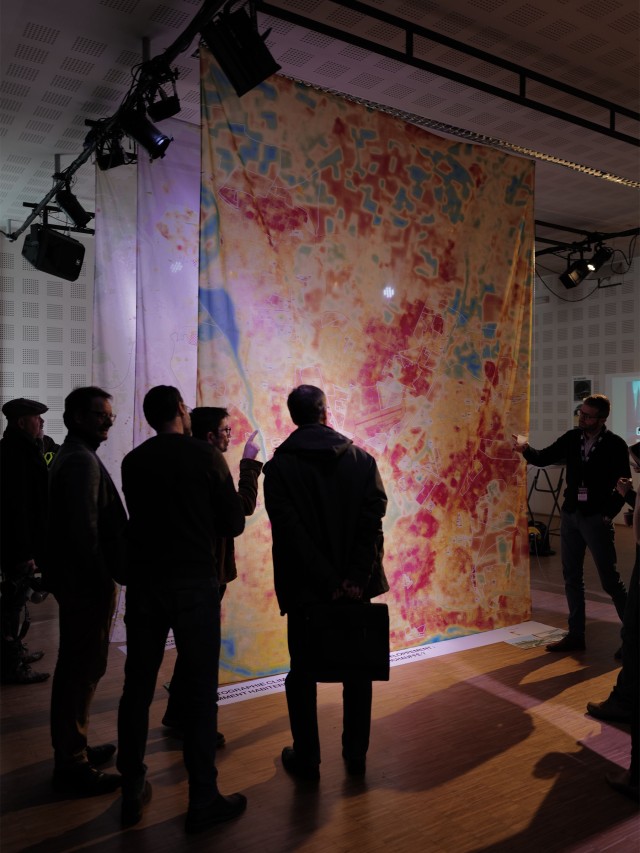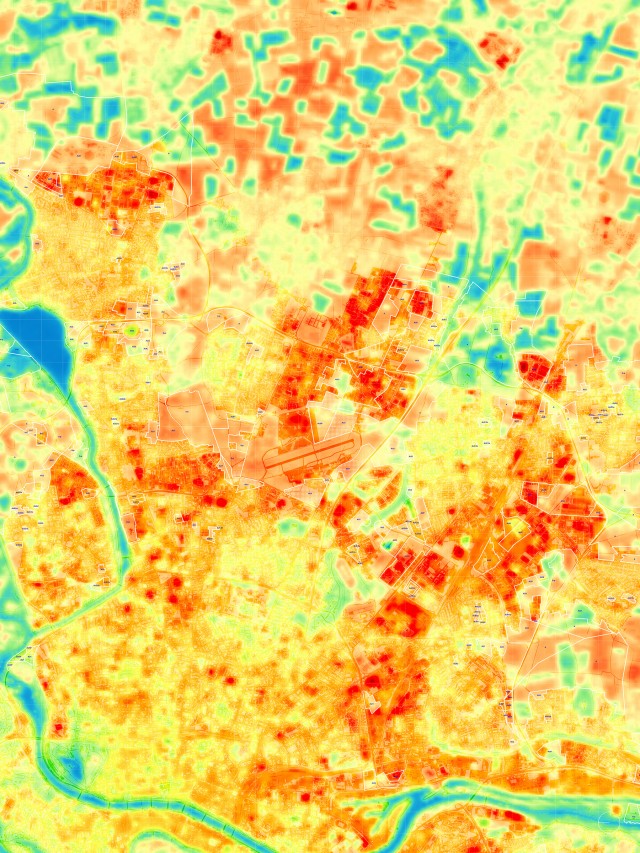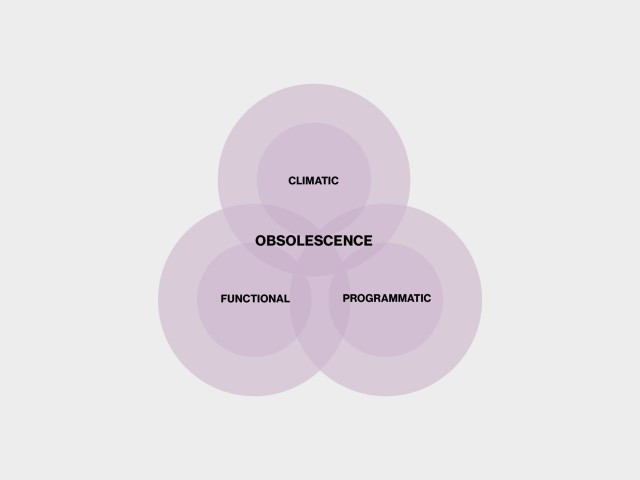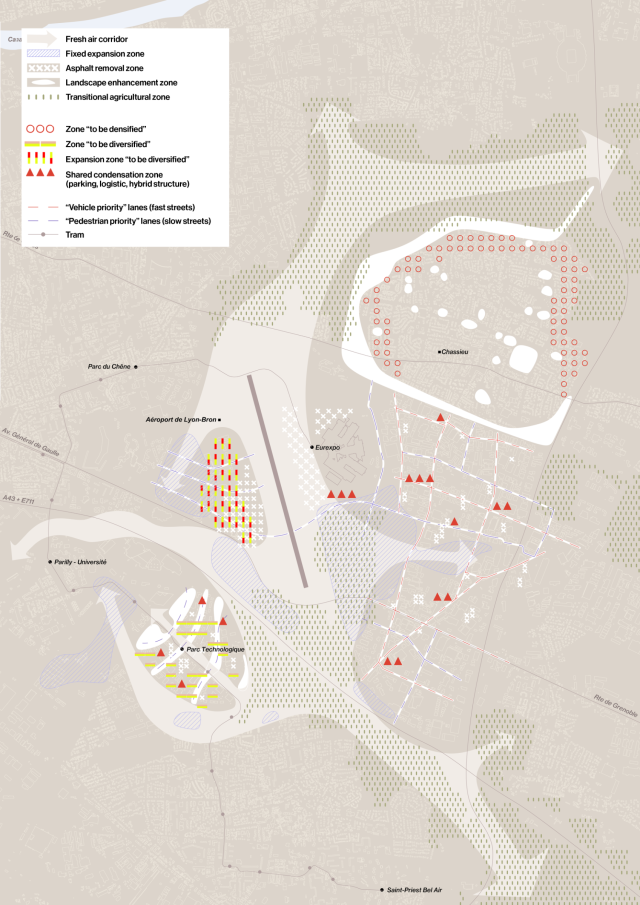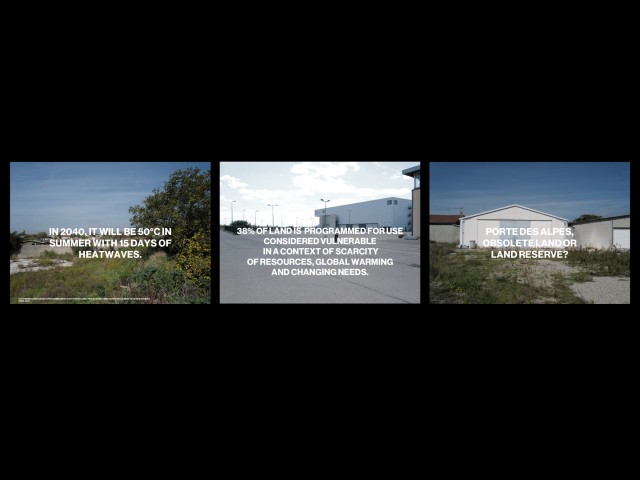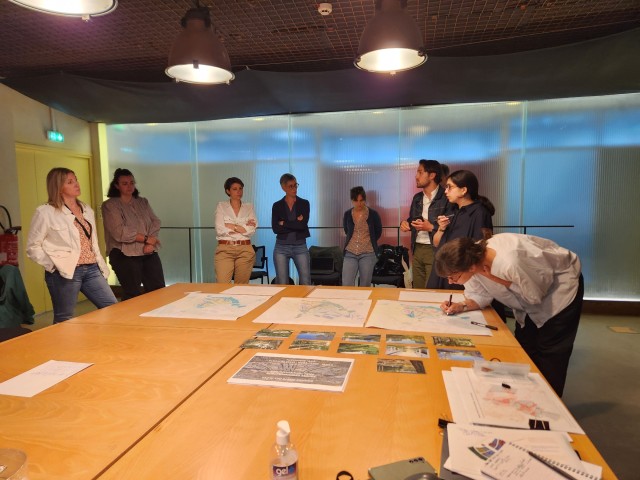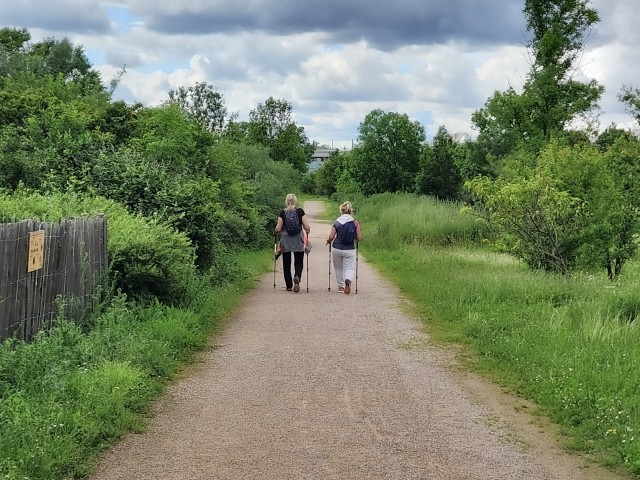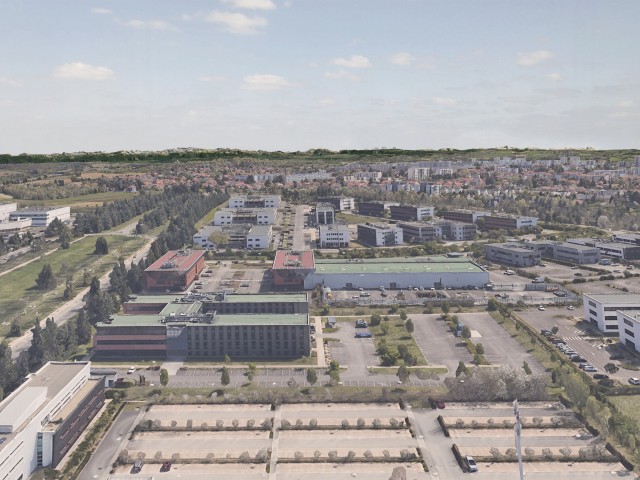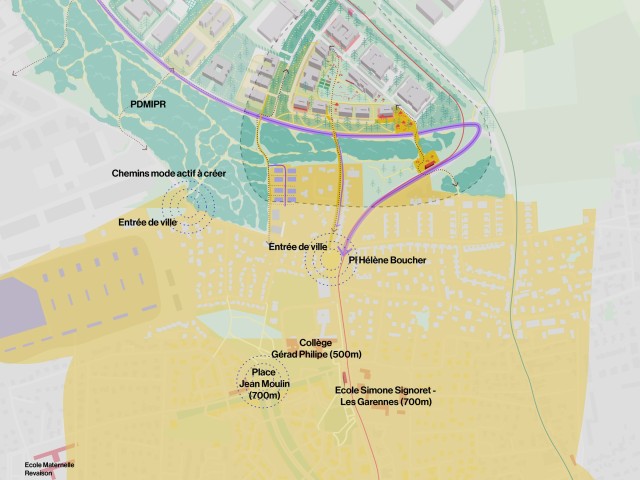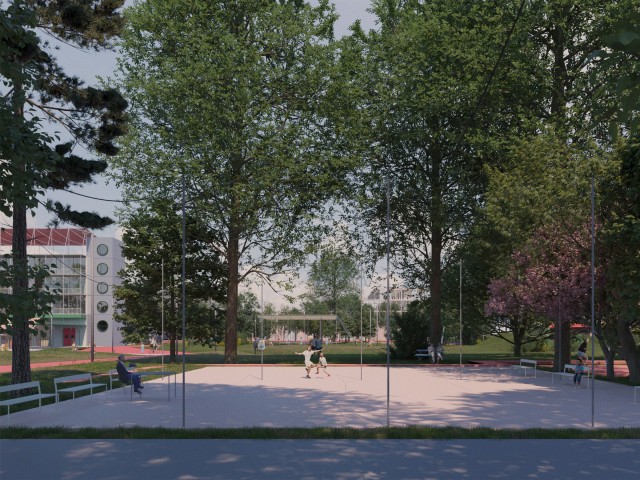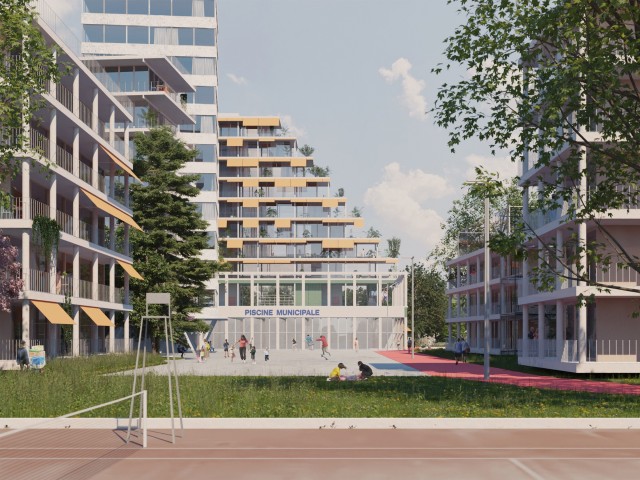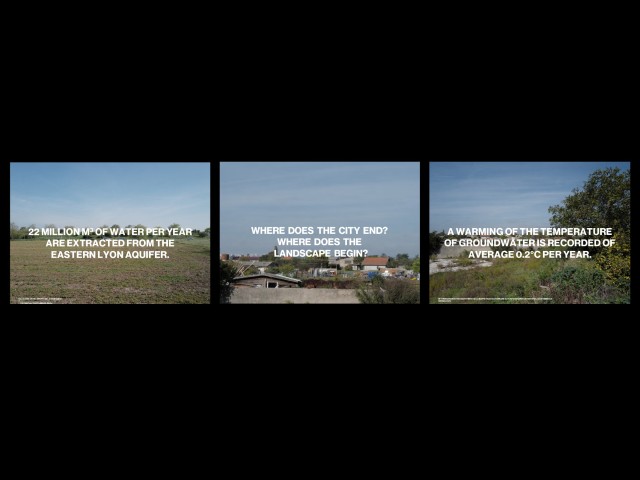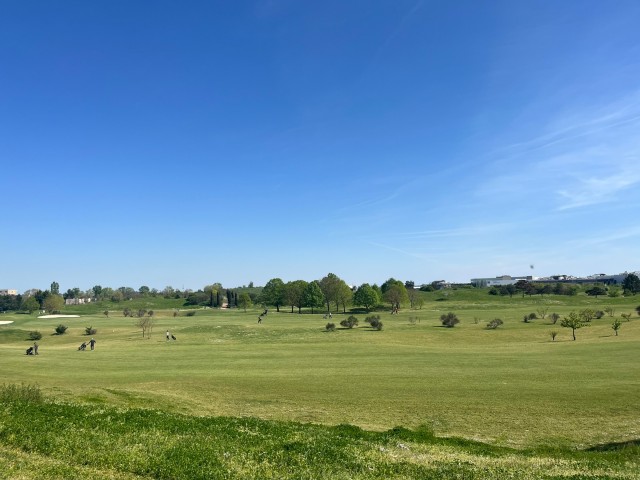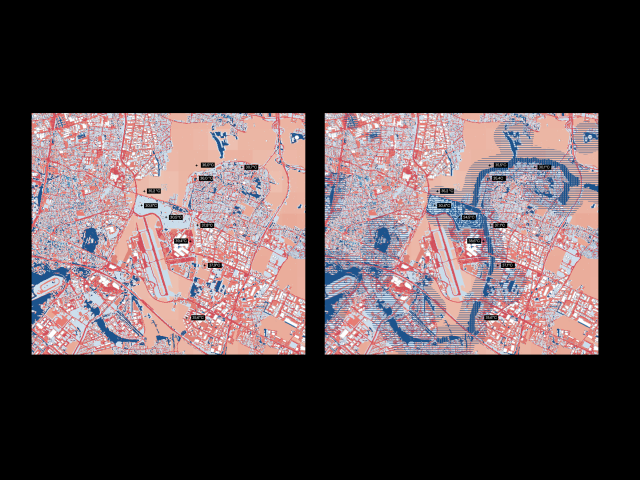Grande Porte des Alpes
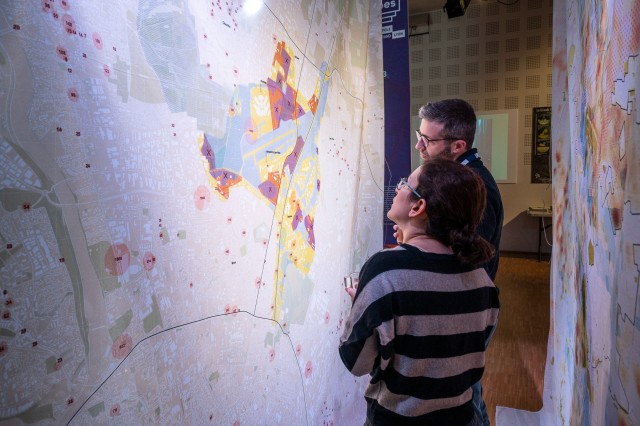
Our study of the Grande Porte des Alpes, located east of the Lyon metropolitan area, covered 2,500 hectares marked by the coexistence of major infrastructures (Eurexpo, Bron Airport, the Parc Technologique), alongside industrial, agricultural, and residential activities. Today, this territory is confronted with several forms of obsolescence: climatic, functional, and programmatic; calling for a profound transformation.
Climatic obsolescence refers to the inability of current environments to cope with new climatic realities: heatwaves, droughts, and water scarcity; which threaten both the comfort of inhabited spaces and the resilience of productive landscapes. Functional obsolescence concerns the inadequacy of existing buildings and infrastructures to meet contemporary standards of energy performance, mobility, and flexibility. Programmatic obsolescence stems from a mismatch between land uses and evolving social or economic needs, where monofunctional zones or single-purpose programs can no longer adapt to changing lifestyles or urban dynamics.
Over three years, we worked across multiple scales, from territorial analysis to detailed studies of strategic sites. Three main levers guide our approach. Climate regulation focuses on soil demineralization, regenerative agriculture, and the creation of climate refuges. Adaptive planning involves reusing and transforming existing buildings and spaces into hybrid and flexible uses. Land-use optimization is achieved through targeted densification, the creation of Compact Areas, and Natural and Climate Refuge zones.
Two focus sites illustrate this strategy.
At the Parc Technologique, a historically monofunctional 140-hectare business park, the decline in occupancy (with nearly 35% vacancy) reveals both functional and programmatic obsolescence. Once a symbol of tertiary modernity, the site now struggles to attract new activities and users. Our work explores how this low-density fabric can evolve towards a mixed and productive ecosystem, combining existing offices, new forms of housing, and shared facilities. By transforming surface parking into rain gardens and compact blocks, and by reusing vacant buildings for new economic and social uses, the site becomes a model of adaptive planning: evolving from a static office park into a living, resilient environment.
At the Golf de Chassieu, climatic obsolescence is particularly evident. This large, water-intensive green enclave is increasingly unsustainable under the effects of heat and drought. Yet it also represents a rare opportunity to reinvent a metropolitan landscape. Our proposal transforms it into a public and ecological park, functioning as a cooling corridor for the eastern plain and a shared open space for nearby neighborhoods. Through reforestation, soil permeability, and biodiversity corridors, the site shifts from a private leisure infrastructure to a collective climate resource: a new metropolitan commons.
-
Location
Lyon, France
-
Client
Métropole de Lyon
-
Invited competition
2022
-
Completion
2025
-
In collaboration with
2001, LOLA, Ville Ouverte
-
51N4E project team
Eva De Bruyn, Aya Akbib, Arya Arabshahi, Chloé Nachtergael, Matija Kraljic, Cindy Duan
-
Study surface
2.500 hectares
-
Program
Offices, Housing, Productive, Public parc, Recreational
-
Image credits
51N4E, Climatic map and renders (2001), Climatic model (LOLA)
-
Photography credits
51N4E
